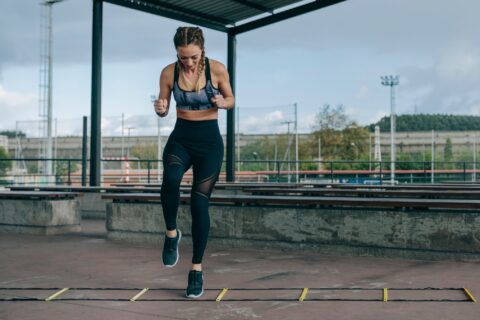
Individualizing HIIT Workouts by Season and Athlete Phenotype
Understanding when and how to introduce HIIT can make all the difference in an athlete’s ability to absorb training and optimize performance.
Periodization, polarized training, interval workouts—your performance depends on how you train. Master the key training concepts in endurance sports and you will look at every workout with new eyes.

Understanding when and how to introduce HIIT can make all the difference in an athlete’s ability to absorb training and optimize performance.
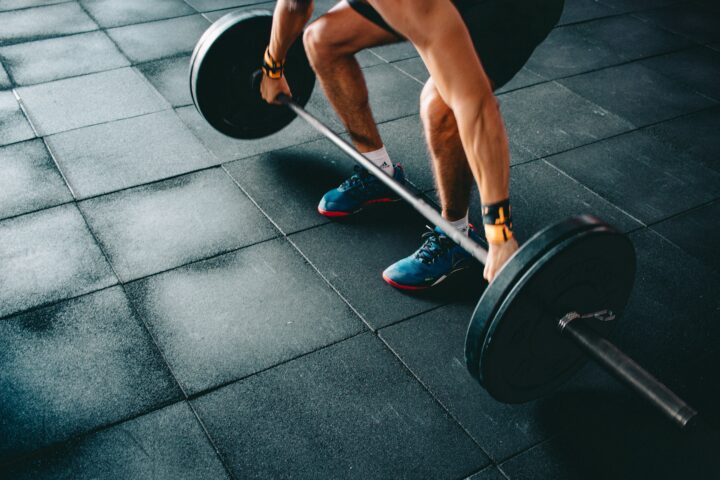
In part 3 of our series on movement literacy for cyclists, Dr. Stacey Brickson delves into stability and strength to make you a healthier cyclist.
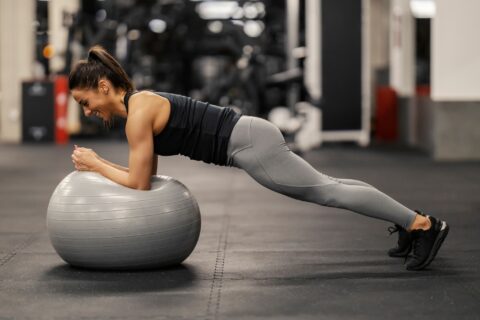
In this multi-part series, Dr. Stacey Brickson details several tools built on a hierarchy of mobility, flexibility, stability, and strength, designed to make you a healthier cyclist.
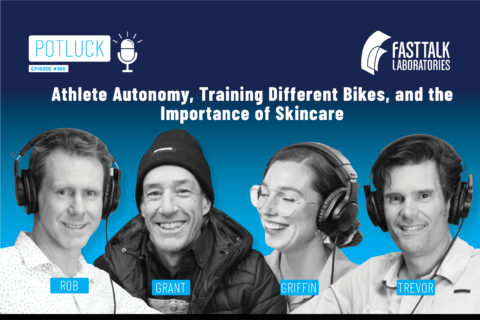
In this week’s potluck episode, we discuss the balance of athlete autonomy versus prescription, how to balance training with multiple types of bikes, and how to avoid being swayed by athlete-marketed skincare trends that may not be worth the hype.
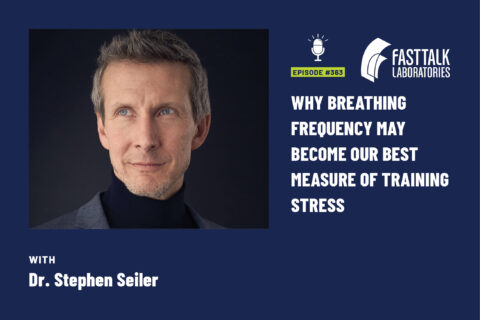
Dr. Stephen Seiler joins us to talk about his new project developing a breathing frequency measure and why it may match up better with perceived exertion than heart rate or power.
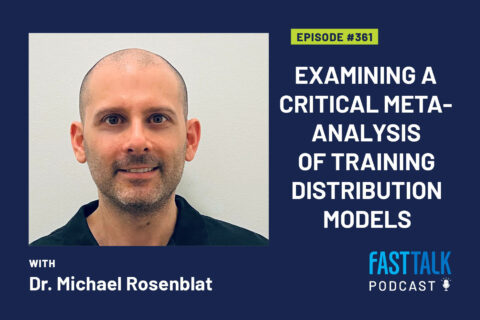
Dr. Michael Rosenblat joins us to discuss the largest meta-analysis comparing distribution models, which he co-authored with Dr. Stephen Seiler.
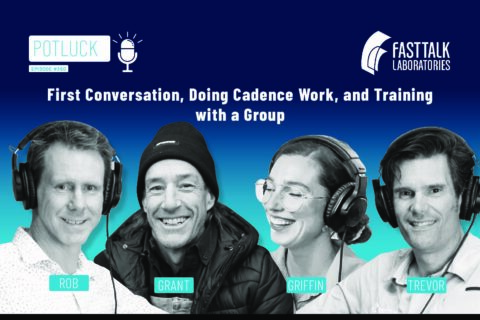
In this week’s potluck episode, we discuss what coaches should look for in their first conversation with an athlete, how to best do cadence work on the bike, and how to take advantage of group training while not losing sight of your plan.
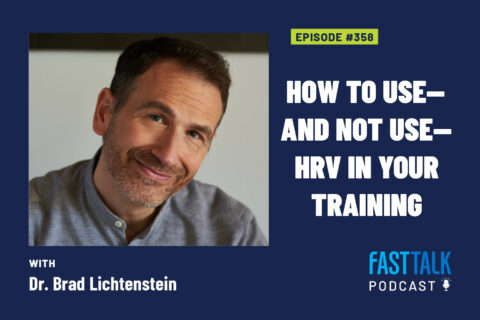
We talk with HRV expert, Dr. Brad Lichtenstein, about the value of HRV in training, what it does and doesn’t show, and what to be careful of when you use it.
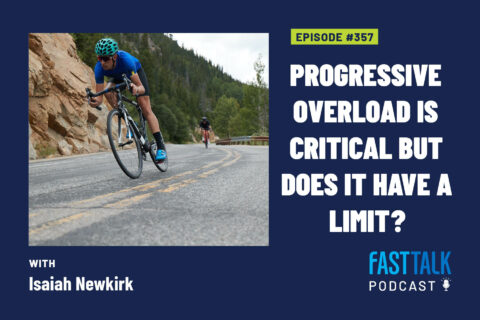
Coach Isaiah Newkirk joins us to talk about why progressive overload is so important to training, and how we can continue to get gains when we can’t add more volume or intensity.
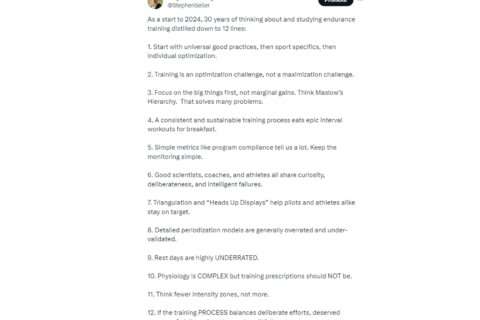
After 30 years of studying exercise endurance training, Dr. Seiler distills it all into 12 fundamental practices.
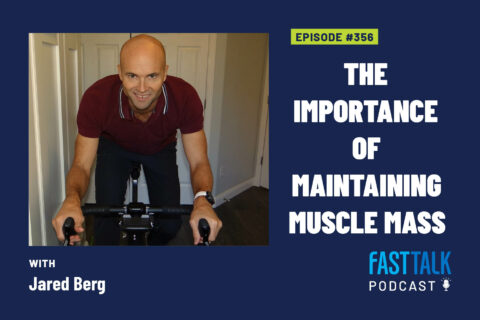
Fast Talk’s head physiologist details why it’s important to maintain muscle mass as an endurance athlete, and how to do it even when trying to lose weight.
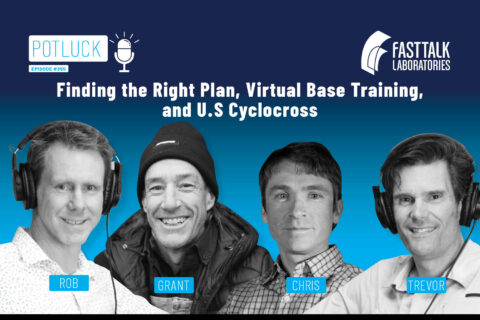
We discuss how to find the right plan for you, using virtual training platforms in the base season, and the state of U.S. Cyclocross.
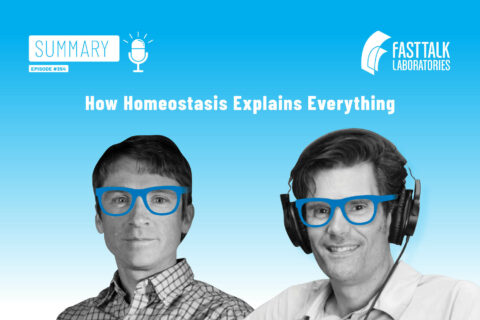
In this summary episode we discuss how homeostasis is at the core of almost every function in our bodies, including how we train and stay healthy.
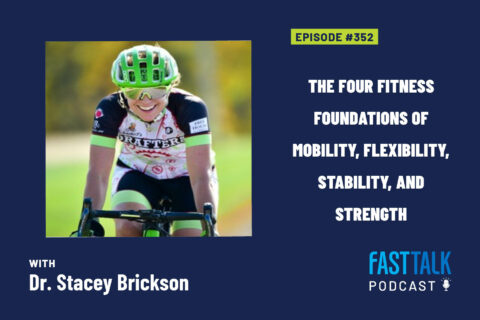
We talk with coach and physiologist Dr. Stacey Brickson about the importance of off-the-bike work, not just for performance but longevity and health.
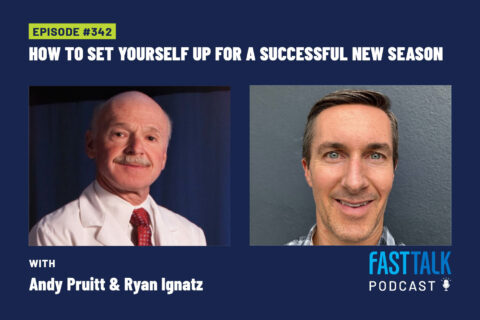
Ryan Ignatz and Dr. Andy Pruitt join us to discuss gear, testing, and all the other things you can do in the off season to set yourself up for the upcoming year.
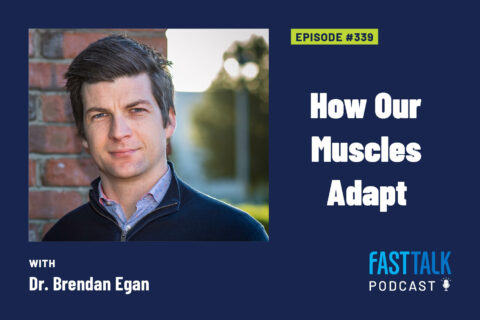
Dr. Brendan Egan joins our hosts to explain what happens in our muscles after a hard training session that causes us to get stronger and faster.
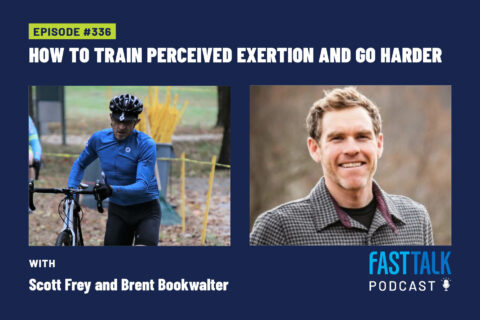
We talk with Dr. Scott Frey and Tour commentator Brent Bookwalter about how our brains perceive effort and ways we can manipulate that perception to go harder.
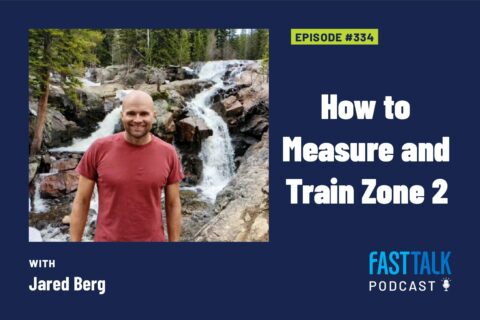
We do the bulk of our training in zones 1 and 2, so this episode will explain how to define them and—more importantly—how to best train them.